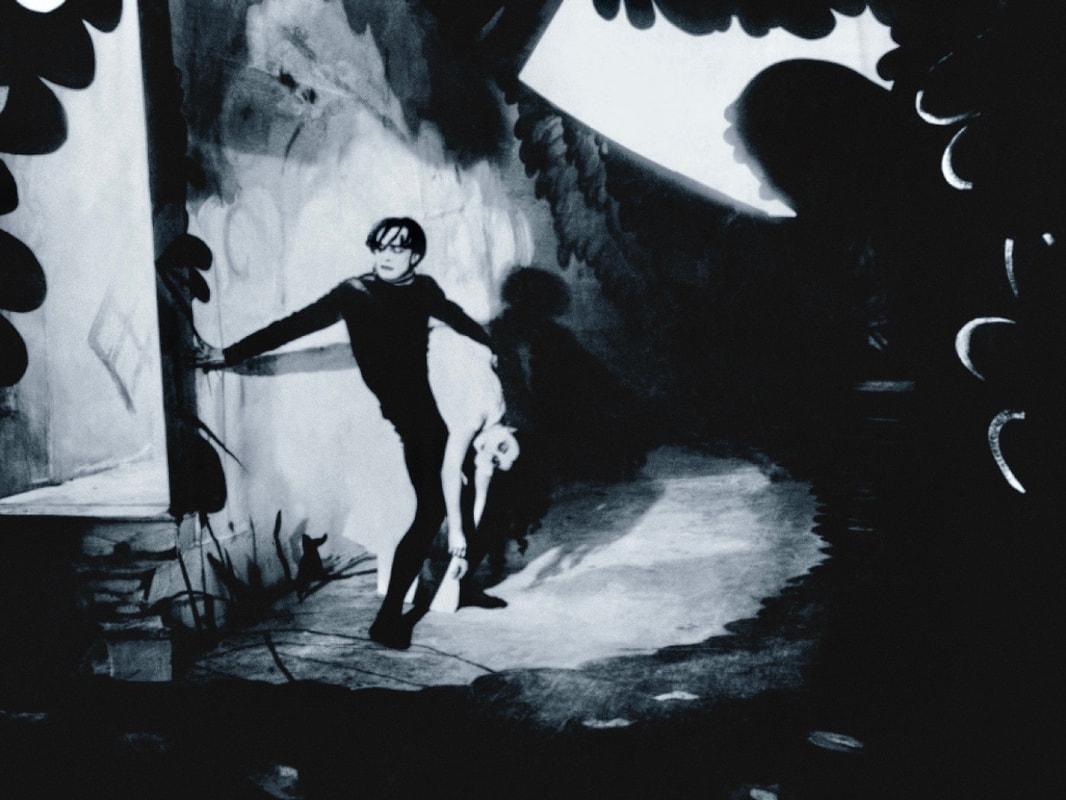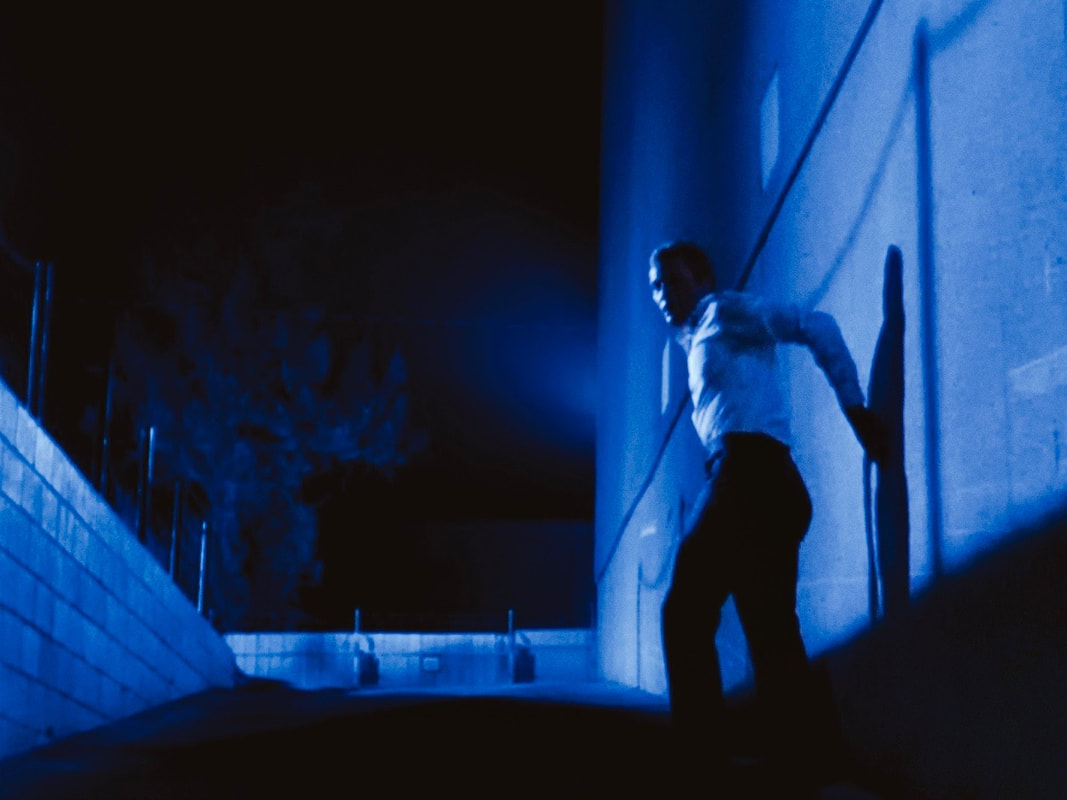TV Noir |
CLOSING SCENES
|
Light and Shadow
Where there is no light, one cannot see, and when one cannot see, his imagination starts to run wild. He begins to suspect that some- thing is about to happen. In the dark, there is mystery.
JOHN ALTON, Painting with Light (1949)
JOHN ALTON, Painting with Light (1949)
|
The Imaginative clashes of light and dark that distinguish He Walked by Night (1949), The Big Combo (1955), and other works photographed by John Alton mark the stylistic apotheosis of classical noir. his evocative treatment of fog, mist, and smoke; his use of a strong backlight to create depth within the frame; and his casting of artificial shadows on actual locations fused the expressive storytelling of the silent era with the postwar desire for urban realism. Though the cultural confluences that gave rise to such an approach have abated, the aesthetic lingers on. stream an episode of CSI: Crime Scene Investigation (2000–2015) or The X Files or True Detective (2014– ) or Stranger Things (2016– ) and you’ll encounter the Alton-esque image of a silhouetted figure prob- ing a darkened space with a flashlight that sends a crazily tilting beam around the frame. The intent of sensibility is hard to miss, even if the contextual potency has lapsed. Our awareness of a “noir style” and the meaning we infer from it re- lies on connotations passed down through the decades. Long shadowy fingers snatch at the heels of a murderer; a lattice-patterned ceiling threatens to collapse on a hapless victim of fate; a face is crossed with oblique lines at a moment of moral indecision—these and other representations of duress paint the contours of a night world somewhere between dream and reality.
|
The Cabinet of Caligari (film, 1920).
The Invaders (1968).
|
Abridged from TV NOIR by Allen Glover. Published by Abrams Press. All rights reserved.

